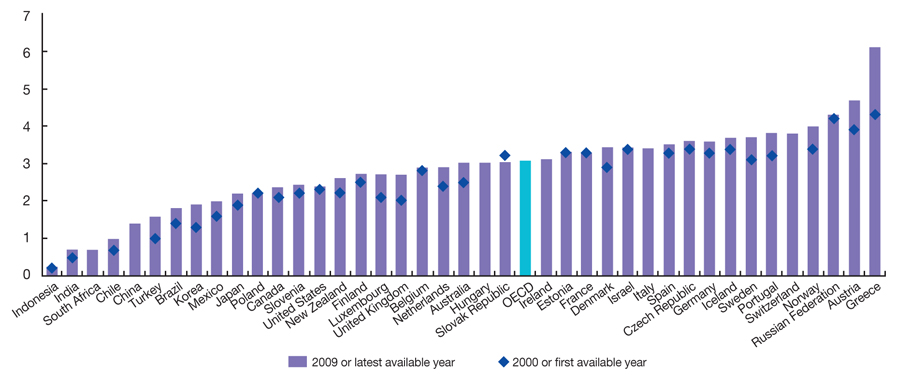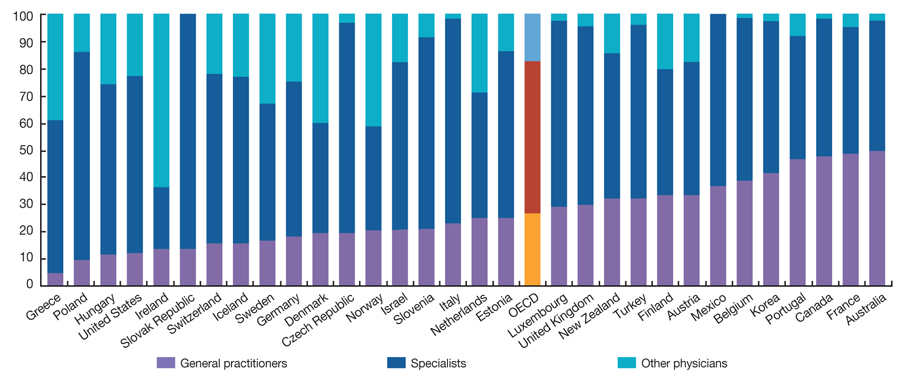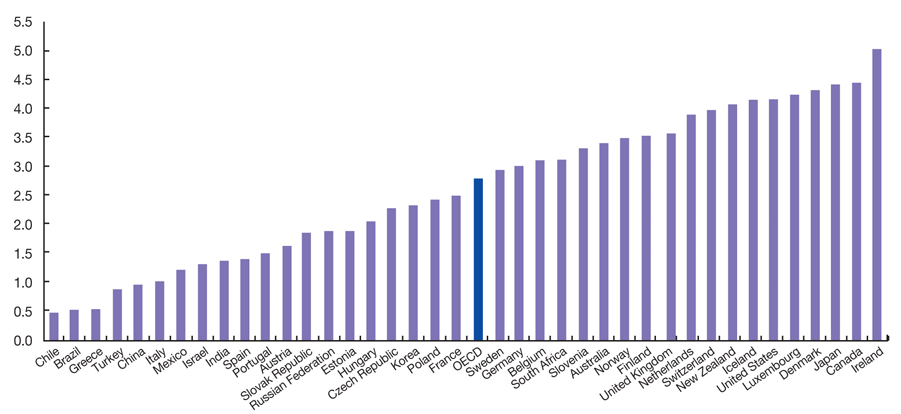3. Ministry of Health and Welfare. Ministry of Health and Welfare year book 2011 2012;Seoul: Ministry of Health and Welfare.
4. Fuchs VR. Reforming US health care: key considerations for the new administration. JAMA 2009;301:963-964.
5. Leavitt JK. The new administration and health care reform. Am J Nurs 2009;109:86-87.
6. Reiboldt M. Reforming healthcare becomes key focus of new administration. J Med Pract Manage 2009;24:267-269.
7. Wilensky GR. A new year, a new administration, and old, familiar challenges for health care. Healthc Financ Manage 2009;63:26-27.
8. Kim PC. A proposal for health insurance policy to the new administration. J Korean Med Assoc 2003;46:84-86.
9. Healthcare Future Commission, Ministry of Health and Welfare. Korea Institute for Health and Social Affairs. 2020 Vision and policy initiative of healthcare in Korea: Healthcare Future Commission action report 2011;Seoul: Korea Institute for Health and Social Affairs.
10. Jeong HS, Kim JH, Park HK, Lee WJ, Han DW. Future need and supply of practicing doctors in total and by specialty 2011;Wonju: Yonsei Institute for Health and Welfare.
11. Kim DH. Study on the supply and demand for the physician manpower in Korea. Health Soc Sci 2000;8:221-239.
12. Lim SM, Seo KH, Kim HK, Park YH. A survey of physicians working in a community health center. J Korean Med Assoc 2012;55:174-186.
13. Yoon SJ. Future directions of chronic disease management in South Korea. J Korean Med Assoc 2012;55:414-416.
14. Park HA, Choi YH, Rhee SJ. The supply and demand projection of nurses in Korea. Korean J Health Policy Adm 1993;3:146-168.
15. Kim JS, Choi E, Park HA, Lee W. The supply and demand projection of nurses in Korea. Korean J Health Policy Adm 1999;9:33-52.
16. Kim AJ. The review of the laws relevant with imbalance of health care services (medical facilities and manpower). Bioeth Policy Stud 2010;4:139-151.
17. Hussain A, Rivers PA, Glover SH, Fottler MD. Strategies for dealing with future shortages in the nursing workforce: a review. Health Serv Manage Res 2012;25:41-47.
18. Oh PJ, Lee KS, Hwang SH. A study on the projected manpower of psychiatric-mental health APN in Korea. J Korean Acad Psychiatr Ment Health Nurs 2002;11:560-571.
19. Shin HS, Hong SY. The supply and demand for dentists in Korea. Health Soc Welf Rev 2007;27:81-102.
20. Jung SH, Ma DS, Park DY. A survey on the imbalance of resident? Supply for dental specialists system J Korean Dent Assoc 2005;43:728-736.
21. Choi EY, Kim JS, Lee JS, Lee WB, Lee WT. The supply and demand analysis of the oriental medical doctor and its uses in assisting policy making. J Korean Orient Med 1999;20:27-36.
22. Lee S, Byun J, Kim J. Demand and supply of physicians for oriental medicine: review and prospects. Korean J Orient Prev Med 2004;8:1-12.
23. Choi EY, Kim JS. The study of pharmacist manpower planning for the 21st century in Korea. J Korean Public Health Assoc 2000;26:249-259.
24. Yoon TH, Kim YS, Kim HR. Home-based physical therapy infrastructure and the direction of policy development for long term care insurance in community. J Korean Phys Ther Sci 2008;15:61-69.
25. Jeong WM, Choi HS, Lee JY. Demand and supply for occupational therapist. J Korean Acad Occup Ther 2000;8:111-120.
26. Kwon HS, Cho GS. A study on the role of dental hygienist for revitalization of dental health class in community health center. J Korean Soc Dent Hyg 2006;6:263-282.
27. Kong IS. Future directions of emergency healthcare policy in Korea. J Korean Med Assoc 2010;53:838-840.
29. Eaton DM, Redmond A, Bax N. Training healthcare professionals for the future: internationalism and effective inclusion of global health training. Med Teach 2011;33:562-569.
30. Anand S, Barnighausen T. Health workers at the core of the health system: framework and research issues. Health Policy 2012;105:185-191.
















